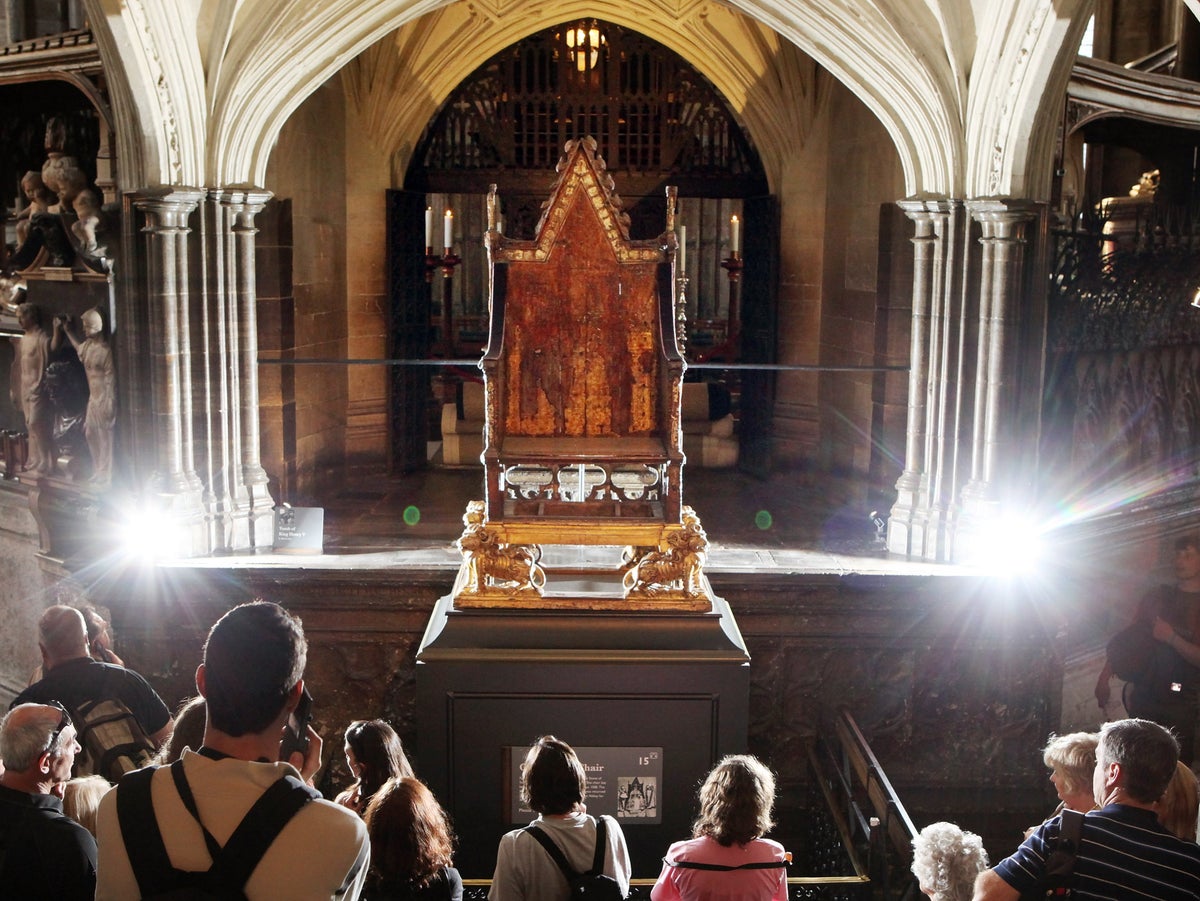
On 6 May, King Charles III and Queen Consort Camilla will be crowned at Westminster Abbey as the world watches.
The monarch ascended the throne following the death of his mother, the late Queen Elizabeth II, last September. His coronation takes place more than 70 years after Elizabeth was crowned on 2 June 1953.
During the crowning and anointing parts of the ceremony, which are said to be the most sacred parts, King Charles will sit upon the 700-year-old Coronation Chair.
The throne has been at the centre of English coronations since it was made by order of King Edward I between 1300 and 1301.Westminster Abbey, where it is located, describes the chair as “one of the most precious and famous pieces of furniture in the world”.
With centuries of history behind it, the Coronation Chair is a fragile piece of furniture and is currently undergoing conservation work to ensure it will be in top condition when the ceremony arrives in spring.
We chart the history behind the iconic seat:
Origins
The Coronation Chair was made by order of King Edward I to enclose the Stone of Scone, which he brought from Scotland to Westminster Abbey in 1296.
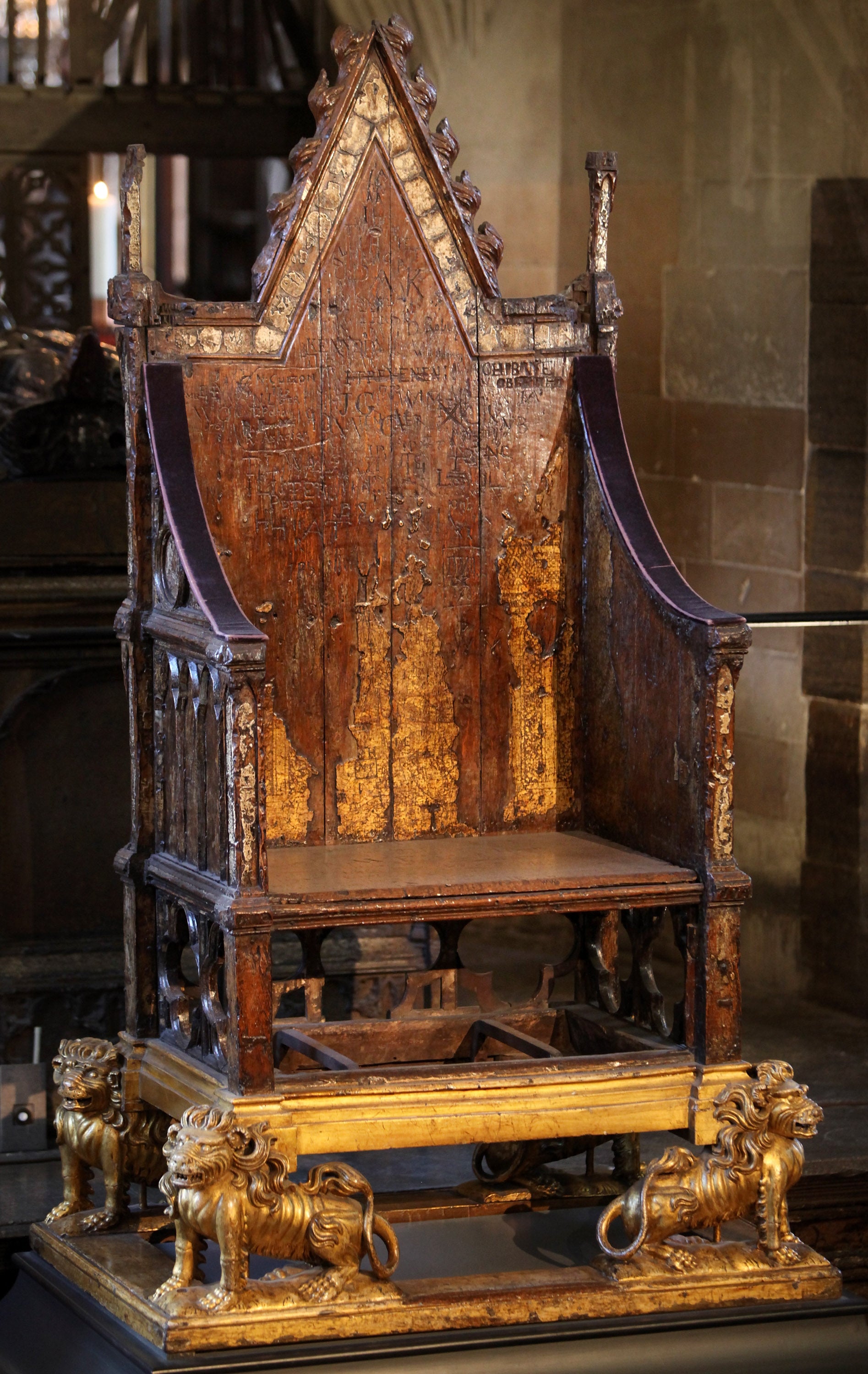
The throne, created from oak, was made to contain the Stone between 1300 to 1301. The Stone was originally completely enclosed under the seat of the chair, but the wooden decoration at the front was torn away over time and exposed the Stone.
The Stone of Scone, also known as the Stone of Destiny or the Coronation Stone, is a block of red sandstone. It was previously kept at Scone Abbey in Scotland, which is now a ruin, but was seized by Edward I during the English invasion of Scotland.
In 1996, former prime minister John Major announced the Stone would be returned to Scotland, but would travel back to the Abbey for coronations. It is now on display in Edinburgh Castle.
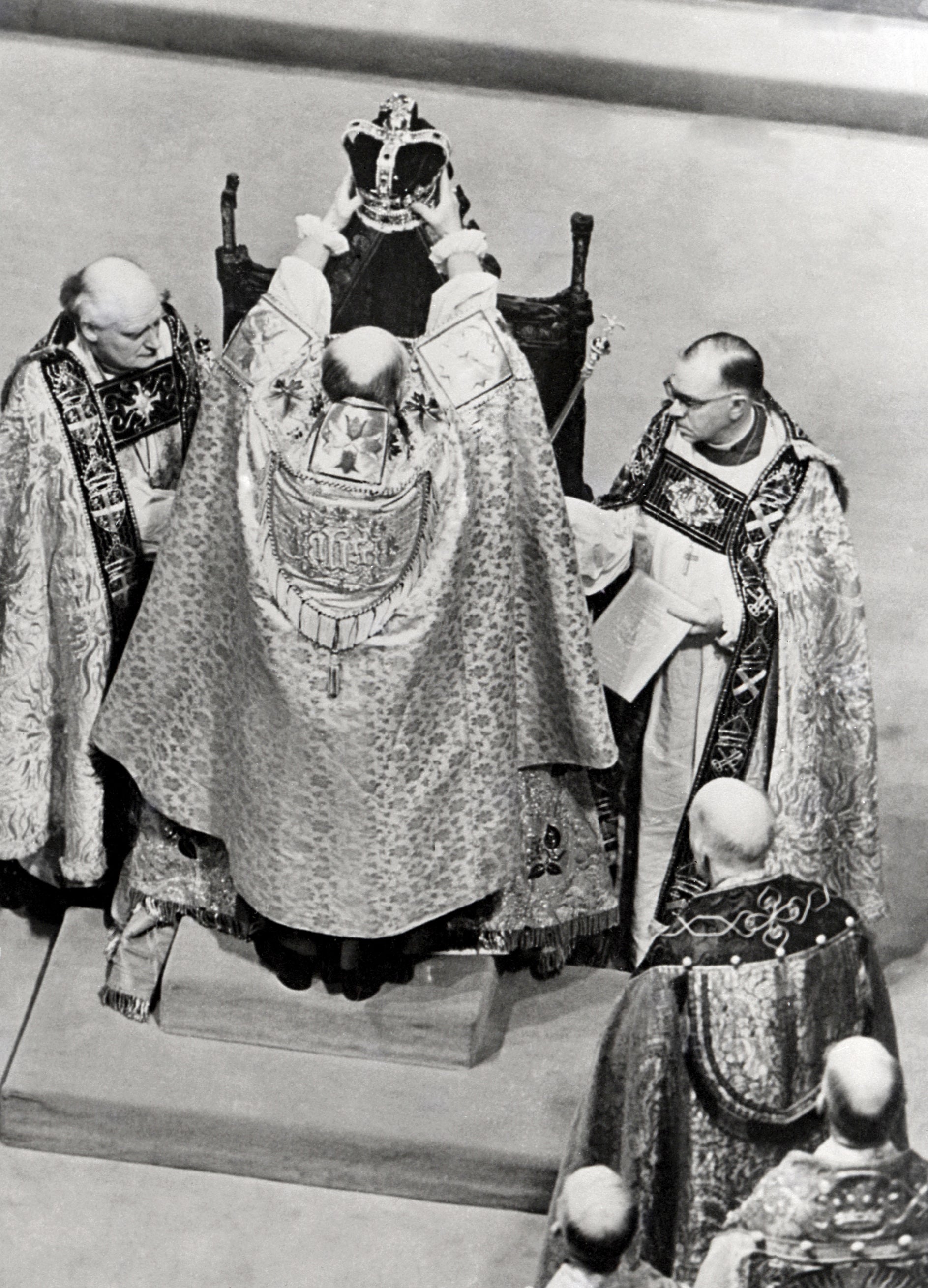
The Coronation Chair was first used in a coronation ceremony in 1308, when King Edward II was crowned. According to Westminster Abbey, there have been 38 coronations for reigning monarchs held there, as well as 15 separate coronation ceremonies for Queen Consorts.
Decorations
Painted by Master Walter, Edward I’s master painter, the Coronation Chair’s original decorations included patterns of birds, foliage and animals. It was once covered in gold leaf, but much of it has worn away.
The figure of a king with his feet resting on a lion was painted on the back. According to the Abbey, this is either Edward the Confessor or Edward I.
Four gilt lions carved into the lower part of the chair were made in 1727 to replace the originals. They were not added to the chair until the early 16th century.
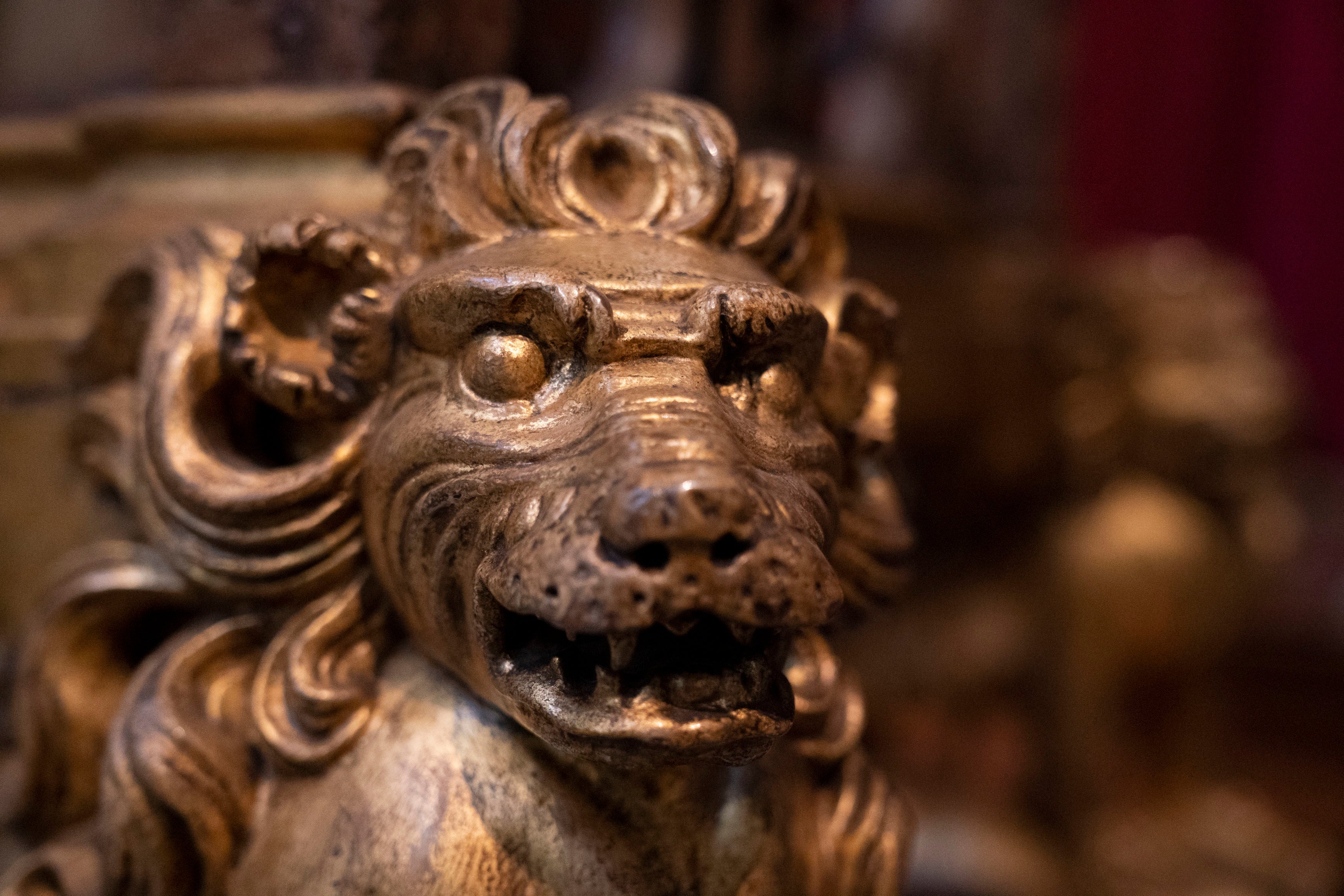
Krista Blessley, the Abbey’s paintings conservator, is currently working on cleaning and preserving the chair. Earlier this month, she told PA that she had uncovered some overlooked details in the chair’s decoration.
“I think they are previously undiscovered toes in the punchwork gilding on the back of the chair,” she said. “So there are areas of drapery where you can tell there would have been a figure.
“It might be they are figures of kings or it might be a figure of a saint, because so much is lost we can’t really tell at the moment but I’ll do some further investigation.”
Graffiti
The back part of the historic chair is riddled with carvings and graffiti courtesy of Westminster schoolboys and visitors in the 18th and 19th centuries.
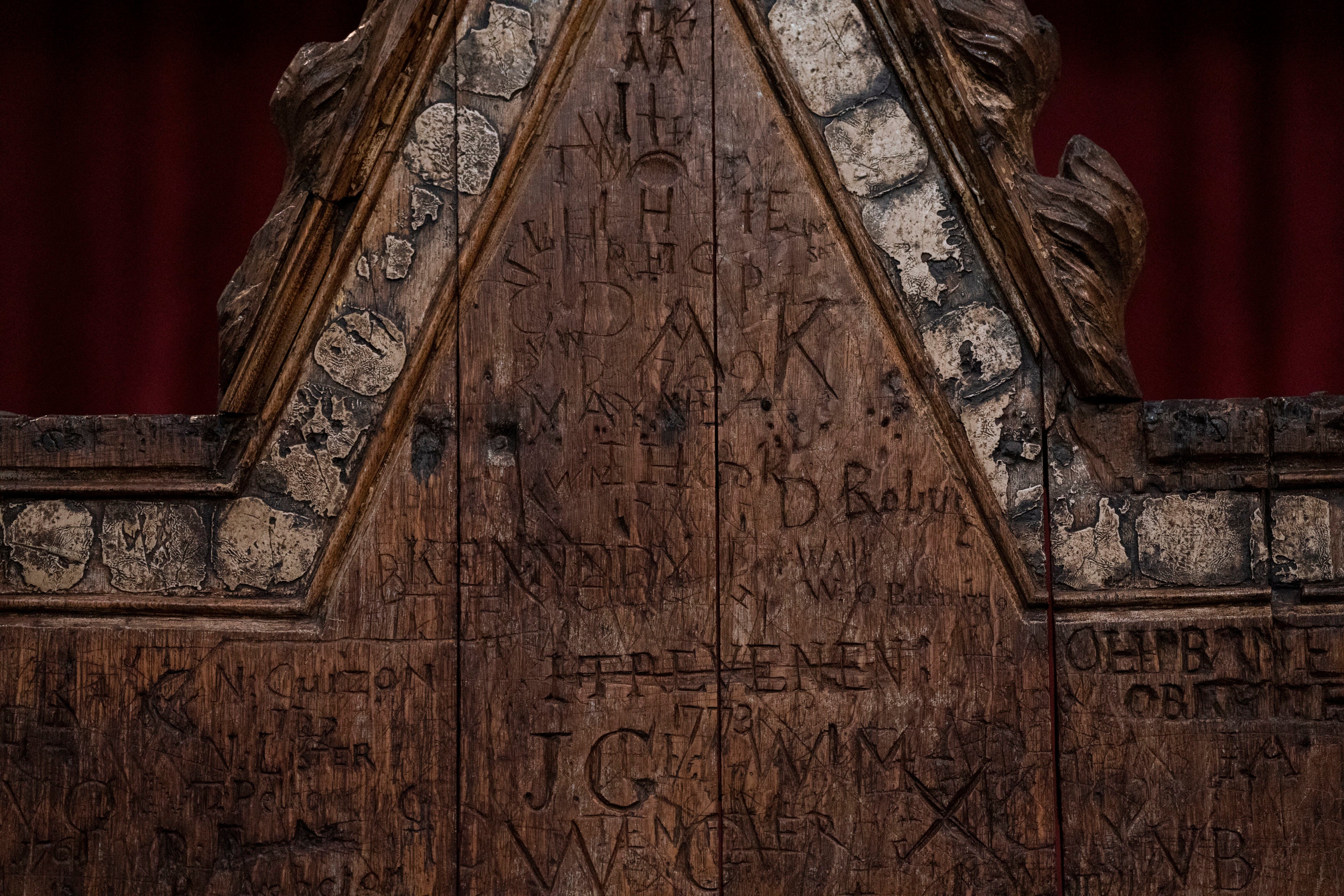
These vandals mainly carved there initials or names into the chair. One visitor carved “P. Abbott slept in this chair 5-6 July 1800”.
Some people also hacked off slivers of wood from the chair as souvenirs. One small corner of the seat was knocked off during a 1914 bomb attack, believed to have been the work of suffragettes.







